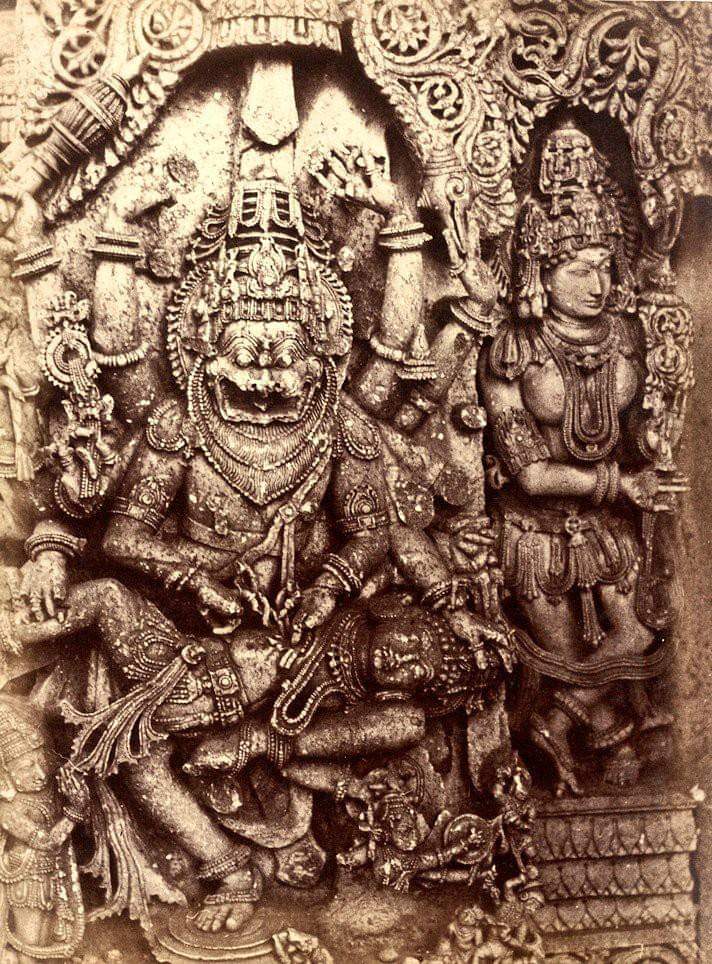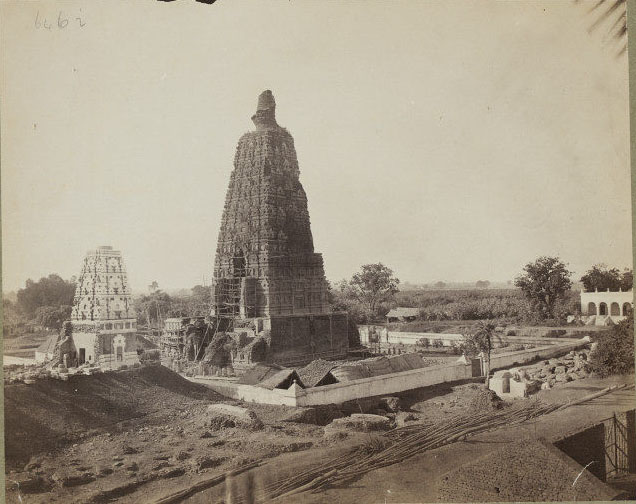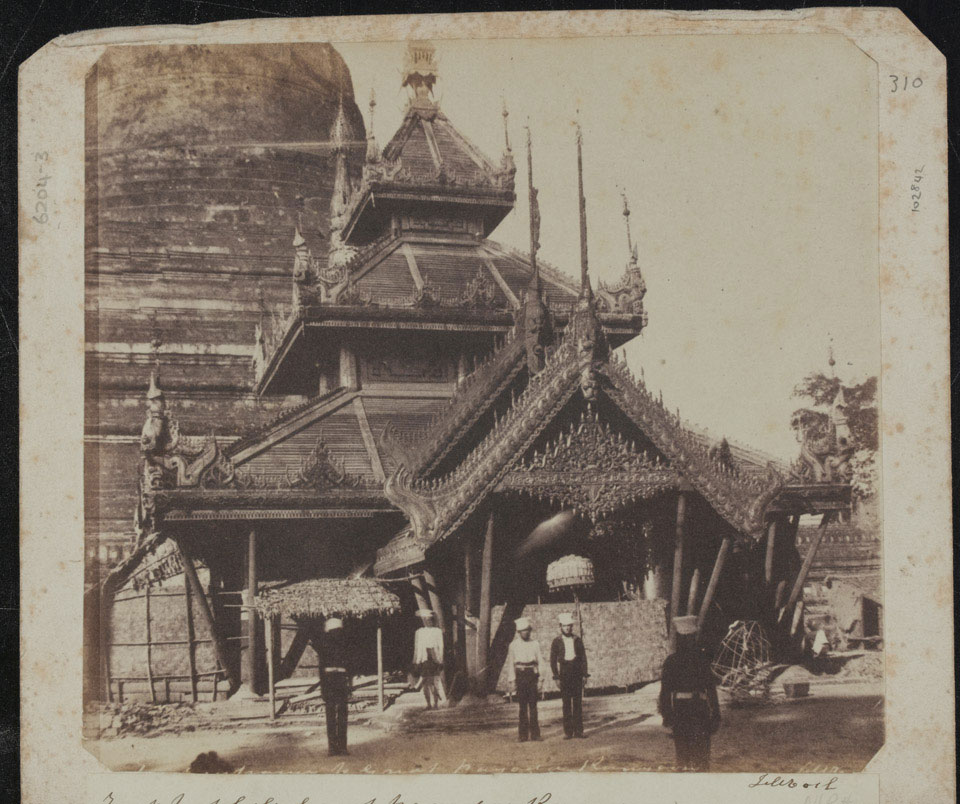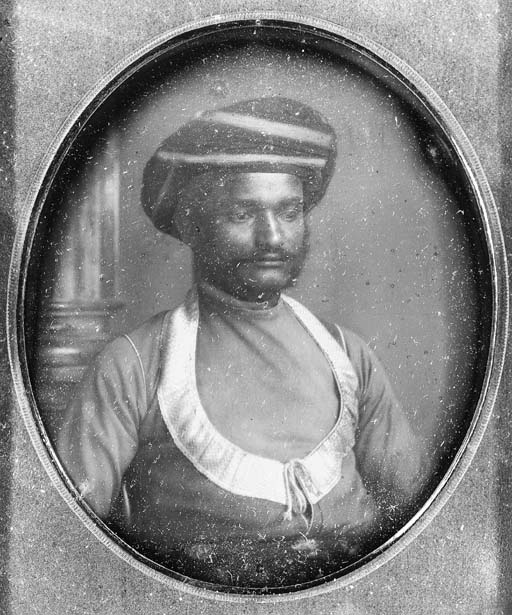Richard Banner Oakeley (1834 – 1914), was an architectural writer and photographer, from England, travelled to Madras Presidency towards the close of 1856. He was one of the best photographers of archaeology in India during the 1850s. Near the end of 1856, advised by his friend Dr Andrew Charles Brisbane Neill, he visited the ruins of Holysaleswara Temple, Halebid in South Western India a magnificent Hindu architecture and sculpture complex built in the 12th century.
Richard Banner Oakeley took an arduous journey of some twenty days, along the most miserable cross country roads before reaching the temple. Between 1854 and 1857, four photographers are known to have made the difficult journey to Halebid and they are Linnaeus Tripe, William Henry Pigou, Dr Andrew Charles Brisbane Neill and Richard Banner Oakeley. Richard Banner Oakeley’s series considered to be the most interesting photographically and technically.
Richard Banner Oakeley, photographed the great Temples of Halebid, at Dwarasamudra which flourished as a Capital of the Hoysala Empire during the twelfth and thirteenth century. Oakeley managed to attain high print quality in extremely difficult circumstances; travelling far, in humid and hot conditions with a considerable quantity of equipment. Oakeley documented authentically and with passion, representing almost every portion of the Sculpture, which covers the entire temple wall. Despite working under very difficult circumstances, Oakeley captured a range of images that demonstrate his consummate skill at composition.
Oakeley took several waxed-paper negatives and later printed in albumen prints and published an album titled “The Pagoda of Hallibeed, Illustrated by Fifty-six Photographic Views”. Oakeley’s, 8.5 by 11.5 inches Albumen prints had very good tonal range pasted on the card. Only twenty-five copies of this book were printed, making this extremely rare and priceless.
The chief advantage of the waxed paper is that it will keep well in hot weather. It replaced the paper process (Calotype) which compelled travellers to carry with them a portable tent, and all the necessary apparatus for manipulation. Such difficulties are immediately overcome by the use of the waxed paper process. The waxed paper negatives could be prepared several days before exposure and developed several days afterwards, so it helped travellers to concentrate solely on the image. The disadvantage of the waxed paper is too tedious and too slow in an exposure.
Richard Banner Oakeley used waxed paper negatives to make his photographs. The waxed paper negatives are a variant of the Calotype process in which the negatives were made clearer by waxing the paper before treating it with chemicals. These negatives produced a greater definition of the image than the calotype process. The waxed paper negatives required a longer exposure time; hence the process was mainly suitable for inanimate subjects such as landscape or architecture. As photography developed towards the end of the 1850s, paper negatives were dropped in favour of glass negatives, which produced sharper images. These were generally considered more suitable for documentary and topographical photography.
Reference
https://www.donaldheald.com/pages/books/37097/richard-banner-oakeley-mid-19th-century/the-pagoda-of-hallibeed-illustrated-by-fifty-six-photographic-views-with-descriptive-letter
https://www.bl.uk/
http://www.luminous-lint.com/
Bernard J. Shapero Rare Books, EdITEd By Roland Belgrave









